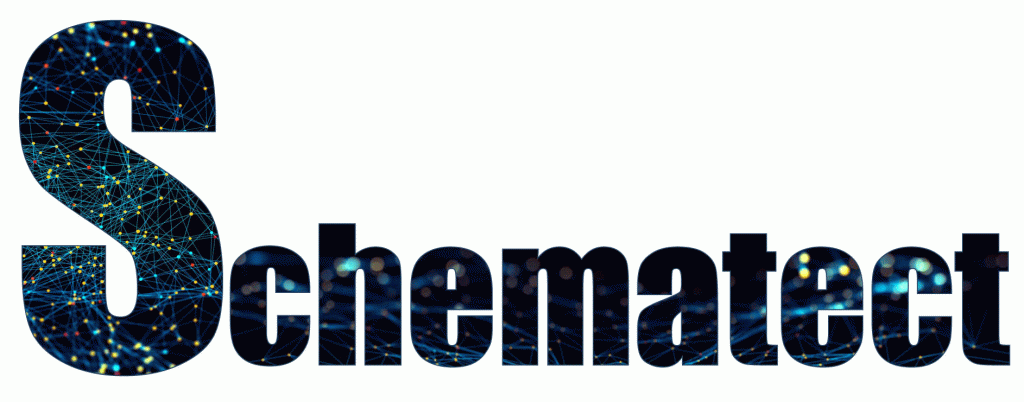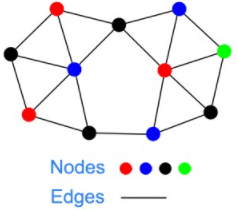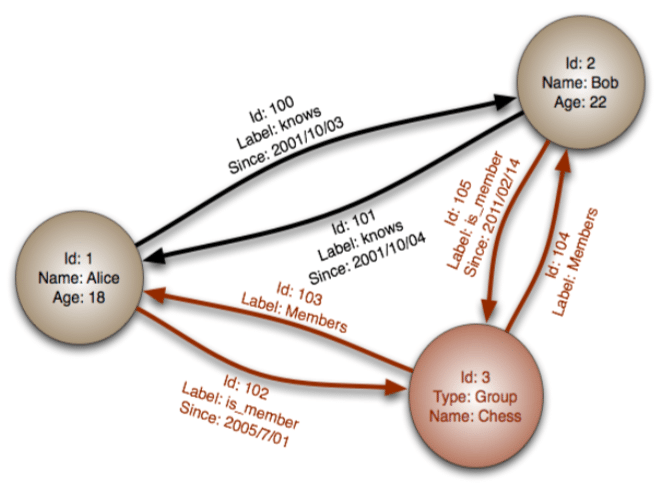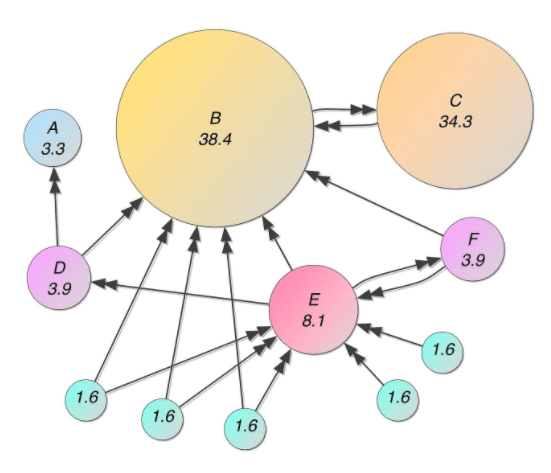
We are changing the structured data game forever
What is Schema Markup?
Schema markup ( schema.org) is a structured data vocabulary that helps search engines better understand the info on your website in order to serve rich results. With the help of these markups, search engines can understand the meaning and relationships underlying the entities that appear on your site. As a result, schema markup has emerged as a popular issue in the world of search engine optimization.
Why is Structured Data, Schema Important?
One of the most important functions of markup is to assist search engines in better understanding your content.
A year before the launch of Google’s Knowledge Graph, which is a knowledge base of entities and the relationships between them, the community behind the markup, schema.org, was established. This is no coincidence.
One of the key sources of this information is, as you would have guessed, the schema markup.
Graphical Databasing
Google is a graphical database designed to collect information and then return answers to questions based on the information it has parsed together from the web. To better understand how Google works and why schema is so important to that, we have to understand a little about graphical databasing:
Graph database (GDB) – uses graph structures for semantic queries with nodes, edges, and properties to represent and store data.
Graph databases hold the relationships between data as a priority.

Breaking down the database:
- Nodes represent entities or instances such as people, businesses, accounts, or any other item to be tracked. They are roughly the equivalent of a record, relation, or row in a relational database, or a document in a document-store database.
- Edges, also termed graphs or relationships, are the lines that connect nodes to other nodes; representing the relationship between them. Meaningful patterns emerge when examining the connections and interconnections of nodes, properties and edges. Edges are the key concept in graph databases
- Properties are information associated with both the nodes and edges.

Now that we understand at a high level what a graphical database is let’s look at why this is so important using Google’s PageRank as an example.
PageRank – What is it and why does it matter?

PageRank is a link analysis algorithm and it assigns a numerical weighting to each element of a hyperlinked set of documents, such as the World Wide Web, with the purpose of “measuring” its relative importance within the set. The algorithm may be applied to any collection of entities with reciprocal quotations and references.
A PageRank results from a mathematical algorithm based on the web graph, created by all World Wide Web pages as nodes and hyperlinks as edges, taking into consideration authority hubs such as cnn.com or mayoclinic.org. The rank value indicates an importance of a particular page.
A hyperlink to a page counts as a vote of support. The PageRank of a page is defined recursively and depends on the number and PageRank metric of all pages that link to it (“incoming links”). A page that is linked to by many pages with high PageRank receives a high rank itself.
The biggest takeaway is in the image used and the algo calculation! The image looks just like a graphical database and the calculation is based on the web graph (nodes and edges).
How do we leverage this?
So what do we know:
- Google is a database
- Databases are made to hold data
- Google stores its data as nodes, edges, and properties (graphical databasing)
- Schema code is written to directly feed Google information about nodes, edges, and properties
- Providing Google this data directly impacts their ability to provide users with the best answer to a query
- The more data Google has the more powerful a search engine they become
- Being the best search engine gives google the ability to better monetize their platform
For Google – More Data = More Power = More Money for Google
For US – More Data = Better Rankings = More Traffic = More Leads/Sales
By utilizing advanced schema markup we are able to control the information Google has about our online assets and train the bot exactly what we want it to know about our brand.
So everyone involved benefits from providing easy-to-read information and connecting the dots about you, your company, goods, and content:
- Google recognizes it considerably more accurately than ordinary text.
- Search results are more relevant to the user.
- Website owners benefit by controlling the information google has about their entity.
Next Steps for Utilization of Structured Data
Learn how to implement schematic architecture on your site and begin controlling what Google knows about your brand
or
Lets us build your Schematic Architecture for you with our DFY schema services